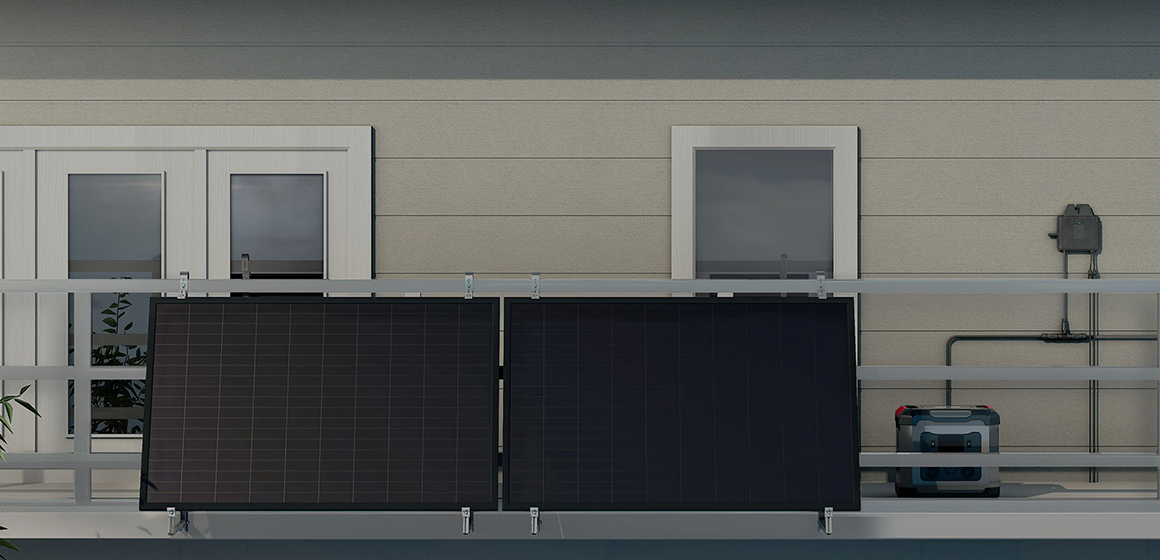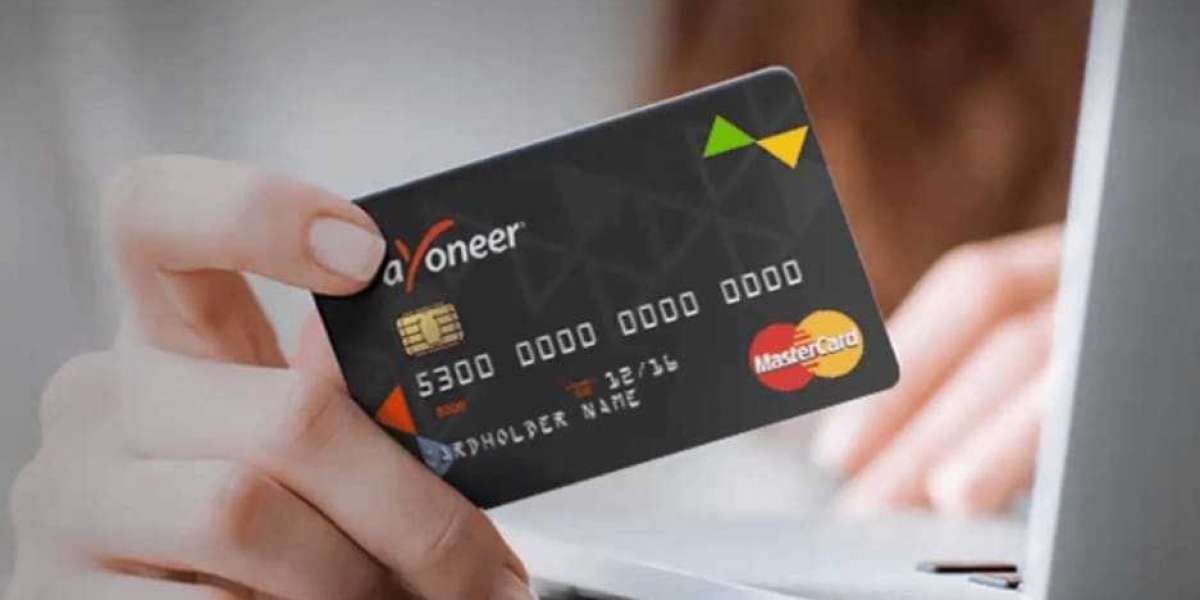Unlock the Secrets of Solar Power: Essential Products for Your School Projects!
Solar power is not just a buzzword; it represents a transformative shift in how we think about energy and sustainability. In educational settings, the integration of solar power products for school projects can ignite a passion for science, technology, engineering, and mathematics (STEM) among students. These hands-on experiences not only deepen understanding but also foster innovation and creativity. By engaging with solar energy, students can explore real-world applications and the impact of renewable energy on our planet. Whether through building simple solar-powered devices or conducting experiments, the use of solar power products in school projects encourages a proactive approach to learning and environmental stewardship.

Understanding Solar Power
Solar power harnesses energy from the sun, converting sunlight into electricity through photovoltaic cells found in solar panels. This process involves the absorption of sunlight, which excites electrons in the solar cells, creating an electric current. The significance of solar energy has grown exponentially in recent years, driven by the urgent need for sustainable energy sources in the face of climate change. As schools seek to incorporate more environmentally friendly practices, teaching students about solar power provides them with the knowledge and tools to contribute to a greener future. Understanding the science behind solar energy and its potential can inspire students to think critically about energy consumption and develop innovative solutions for the challenges of tomorrow.
Essential Solar Power Products for School Projects
When it comes to school projects, various solar power products can provide students with practical learning experiences. Here are some essential solar power products that can be utilized effectively in educational settings:
Solar Panels
Solar panels are the cornerstone of solar energy systems. They consist of solar cells that convert sunlight directly into electricity. In school projects, students can explore how solar panels work by conducting experiments that demonstrate the efficiency of different angles of sunlight exposure or by creating simple circuits powered by solar energy. One memorable project a friend of mine undertook involved building a small solar-powered model car, allowing students to see firsthand how solar panels can power motors and other devices.
Solar Kits
Solar kits designed for educational purposes often come with all the necessary components to build various solar-powered devices. These kits typically include solar panels, wires, and components for specific projects, such as solar ovens or small robots. They not only provide a structured approach to learning but also encourage creativity as students can modify or expand upon the provided projects. A classmate once shared her experience of using a solar kit to construct a mini solar-powered greenhouse, which sparked discussions about sustainable agriculture and energy efficiency.
Solar Chargers
Solar chargers are portable devices that convert sunlight into electricity to charge batteries or power small devices. In school projects, students can investigate the efficiency of solar chargers under different conditions, such as varying light intensity or angles. One practical application could involve creating a solar-powered charging station for devices used in outdoor educational activities, teaching students about the importance of renewable energy in everyday life. I remember a science fair project where a student used a solar charger to power a small sound system, demonstrating the versatility of solar technology.
Solar Motors
Solar motors are small electric motors powered by solar energy, making them perfect for educational experiments. Students can use solar motors to create moving projects, such as windmills or miniature vehicles. These projects not only illustrate the principles of solar energy but also engage students in engineering design and problem-solving. A friend shared her excitement about using a solar motor to propel a model boat across a small pond, which captivated the entire class and highlighted the practical applications of solar energy.
Applications of Solar Power in School Projects
Students can leverage solar power products in various projects, aligning them with curriculum objectives across multiple subjects. For instance, science classes can include experiments that measure the efficiency of solar panels under different conditions, while art classes can inspire students to create solar-powered installations. Additionally, technology classes can challenge students to design and build their own solar-powered devices, encouraging innovation and critical thinking. The interdisciplinary nature of solar power projects fosters collaboration among students and teachers, creating an engaging learning environment that emphasizes sustainability and responsibility. Moreover, incorporating solar power into school projects equips students with the skills and knowledge necessary to navigate a future increasingly focused on renewable energy solutions.
Fostering Sustainability through Solar Education
Incorporating solar power products into school projects is not just an educational trend; it represents a crucial step toward fostering a sustainable future. By engaging with solar energy, students gain valuable insights into renewable resources and their applications. These hands-on experiences not only enhance learning but also inspire students to think critically about their role in addressing environmental challenges. As educators and students explore the vast potential of solar power, they contribute to building a generation that values sustainability, innovation, and responsibility. Embracing solar power in education encourages a proactive approach to creating a greener planet for future generations.








